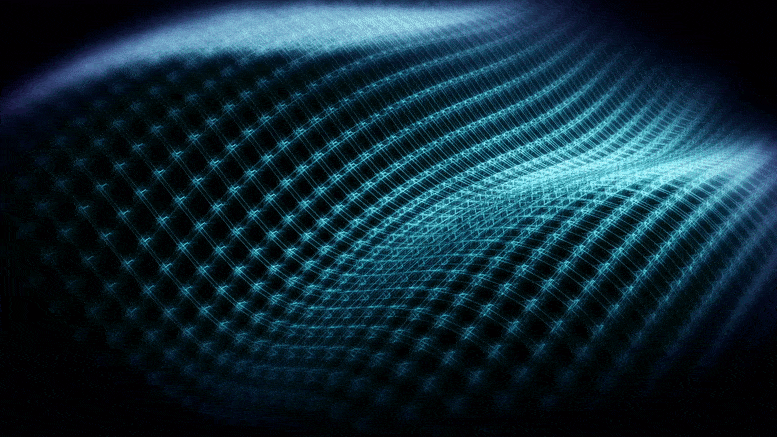
Researchers say the material has promising applications, such as advanced electronics and high-capacity batteries.
Tulane University’s School of Science and Engineering has created a new family of two-dimensional materials with promising applications, including advanced electronics and high-capacity batteries.
The research, which was led by Michael Naguib, an assistant professor in the Department of Physics and Engineering Physics, was published in the journal Advanced Materials.
“Two-dimensional materials are nanomaterials with thickness in the nanometer size (a nanometer is one-millionth of a millimeter) and lateral dimensions thousands of times the thickness,” Naguib said. “Their flatness offers unique set of properties compared to bulk materials.”
The new family of 2D materials is called transition metal carbo-chalcogenides, or TMCC. It combines the characteristics of two families of 2D materials — transition metal carbides and transition metal dichalcogenides.
According to Naguib, the Ken & Ruth Arnold Early Career Professor in Science and Engineering, the latter is a broad family of materials that has been intensively researched and shown to be highly promising, particularly for electrochemical energy storage and conversion. However, he said that one of the difficulties in using them is their poor electrical conductivity and stability.
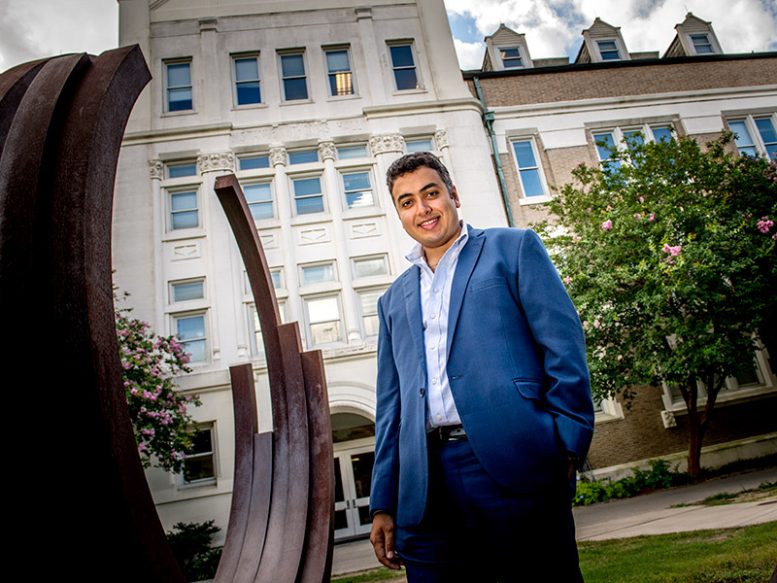
Michael Naguib, the Ken & Ruth Arnold Early Career Professor in Science and Engineering, is an expert in two-dimensional material and electrochemical energy storage. Credit: Paula Burch-Celentano
On the other hand, he said, transition metal carbides are excellent electrical conductors with much more powerful conductivity. Merging the two families into one is anticipated to have great potential for many applications such as batteries and supercapacitors, catalysis, sensors and electronics.
“Instead of stacking the two different materials like Lego building blocks with many problematic interfaces, here we develop a new 2D material that has the combination of both compositions without any interface,” he said.
“We used an electrochemical-assisted exfoliation process by inserting lithium ions in-between the layers of bulk transition metals carbo-chalcogenides followed by agitation in water,” said Ahmad Majed, the first author of the article and a doctoral candidate in Materials Physics and Engineering at Tulane working in Naguib’s group.
Unlike other exotic nanomaterials, Majed said, the process of making these 2D TMCC nanomaterials is simple and scalable.
In addition to Naguib and Majed, the team includes Jiang Wei, an associate professor in physics and engineering physics; Jianwei Sun, an assistant professor in physics and engineering physics; PhD candidates Kaitlyn Prenger, Manish Kothakonda, and Fei Wang at Tulane; and Dr Eric N. Tseng and professor Per O.A. Persson of Linköping University in Sweden.
This study was supported by Naguib’s National Science Foundation Career Award which he received less than a year ago.
Reference: “Transition Metal Carbo-Chalcogenide “TMCC”: A New Family of 2D Materials” by Ahmad Majed, Manish Kothakonda, Fei Wang, Eric N. Tseng, Kaitlyn Prenger, Xiaodong Zhang, Per O. Å. Persson, Jiang Wei, Jianwei Sun and Michael Naguib, 13 April 2022, Advanced Materials.
DOI: 10.1002/adma.202200574

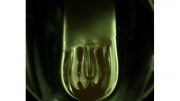

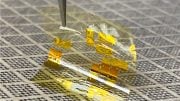
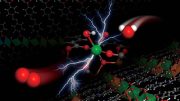
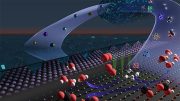


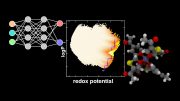
We have Hydro turbines. We also have Volcanoes whose Heat is not utilized properly. Using Computer Monitored Tubes, Sea water has to be entered and flown out as Water back to the Sea…meanwhile turning the Turbines.